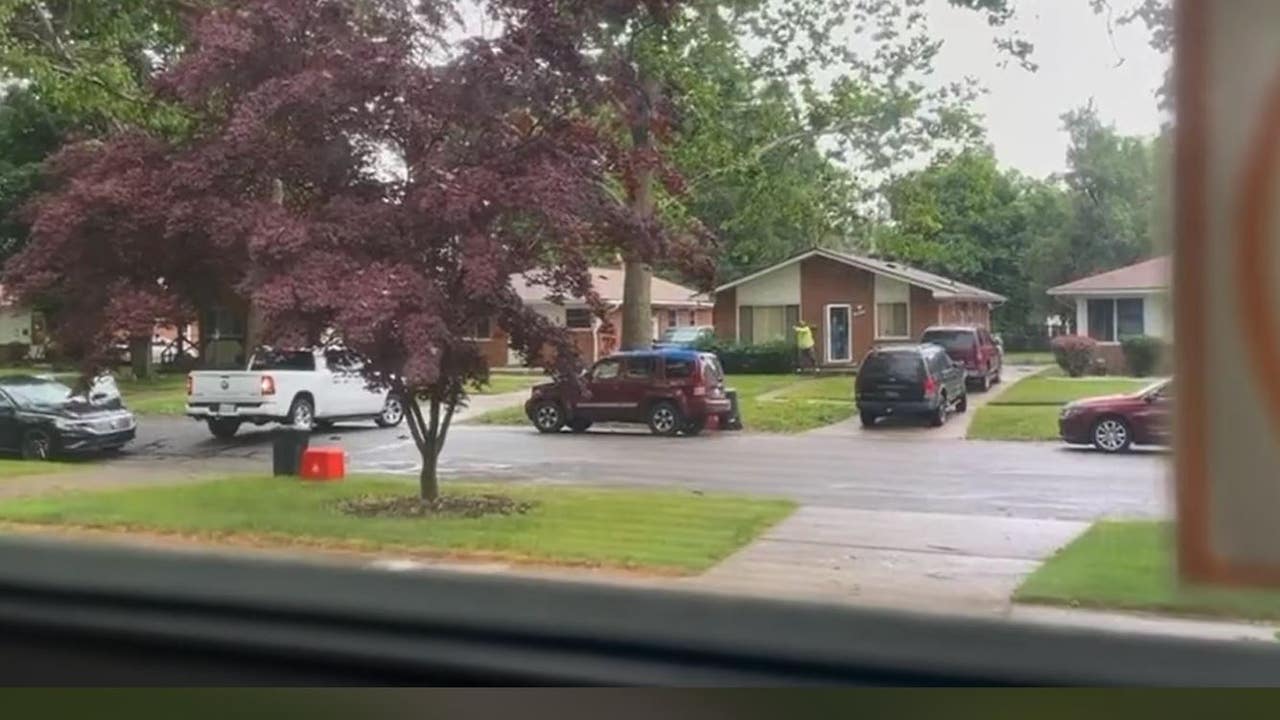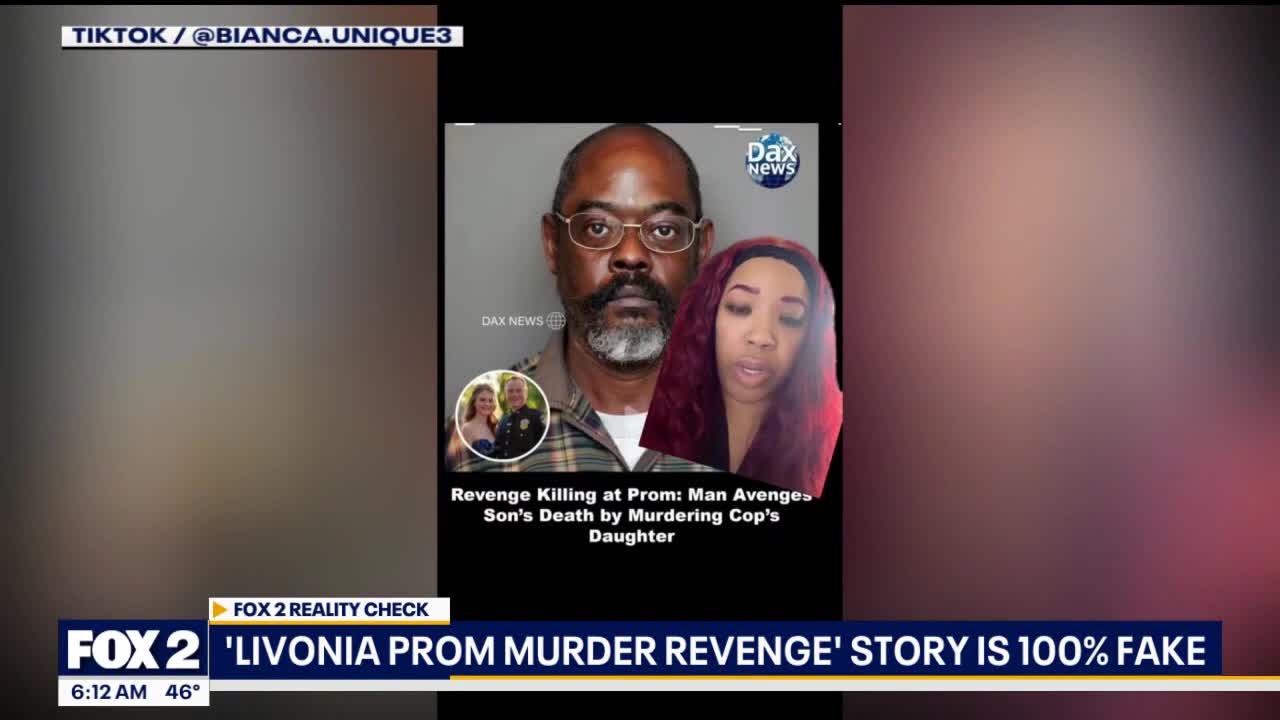Prom Shooting Hoax: No Evidence In Livonia, Michigan - What You Need To Know
Did a tragic tale of revenge and prom night violence unfold in Livonia, Michigan, leaving a community reeling? The answer, according to authorities, is a resounding no: the harrowing narrative that spread like wildfire across social media was a fabrication, a cruel concoction of manipulated images and fabricated accounts.
The genesis of this disturbing story can be traced back to May 28th, when an account on TikTok, identified as "dax news," first disseminated the claims. The posts caption pinpointed Livonia, Michigan, as the location of a supposed shooting. The narrative, shared through a video, painted a picture of a man, allegedly named Douglass Barnes, arriving at Livonia High School where prom was underway. The video, which garnered millions of views and likes, depicted Barnes targeting a young woman named Samantha McCaffrey. The alleged motive, as the narration explained, was revenge. Four years prior, McCaffreys father, a police officer, had reportedly killed Barnes son, Gino Barnes. The story, a twisted saga of retribution, quickly gained traction online, igniting fear and speculation.
However, as the digital whispers grew into a cacophony of concern, local authorities stepped in to debunk the narrative. Livonia police, responding to inquiries from the news outlets, confirmed that the story was entirely false. "Livonia prom revenge murder story is fake news," they unequivocally stated. This confirmation served as a crucial intervention, aiming to quell the panic and misinformation that had taken root within the community. The spread of the fabricated tale highlighted the potential of social media to amplify and disseminate false information, underscoring the need for critical evaluation and verification of online content.
The impact of the fabricated story extended beyond the immediate community. The incident served as a stark reminder of the ease with which artificial intelligence (AI) can be used to generate realistic-looking pictures and videos, fueling misinformation. The potential for such technology to be weaponized to create false narratives and spread discord is a growing concern. The episode in Livonia, though ultimately debunked, served as a cautionary tale about the responsibility of individuals to seek and verify information before sharing it.
The story's viral nature, fueled by the reach of platforms like TikTok, demonstrated the speed at which false information can spread. The video, which accumulated millions of views, showcased the power of social media algorithms to amplify content, regardless of its veracity. The experience was a microcosm of the larger problem of misinformation in the digital age, the capacity for falsehoods to quickly gain traction and shape public perception. The case in Livonia highlights the vulnerability of the community to such narratives, which can create undue distress, fear, and suspicion.
It is important to remember that the alleged horrific shooting incident, which went viral on TikTok, claimed a man from Michigan's Livonia fatally shot a police officer's daughter, four years after her father killed the former's son. The narratives structure incorporated themes of revenge, loss, and the consequences of violence, designed to captivate and evoke strong emotional responses in the audience. The story drew on the narrative appeal of dramatic storytelling while exploiting the vulnerabilities of the digital landscape, where false information can quickly and easily proliferate.
The story highlighted the potential of AI-generated content to exacerbate existing tensions. The incident serves as a cautionary tale, reminding the public of the importance of information literacy, media scrutiny, and verification before sharing content. It emphasizes the impact of social media and the necessity of establishing trust and verification strategies.
In light of the unfolding circumstances, it is paramount to prioritize credible information sources and maintain a vigilant stance against potential misinformation campaigns. The Livonia incident underscored the potential for social media to serve as a tool for harm, spreading false stories and igniting public distress. It reinforces the significance of critical thinking in the digital age, encouraging individuals to question information, assess the credibility of sources, and exercise caution when encountering sensational content.
While the narrative centered around a fabricated prom shooting in Livonia, Michigan, the incident served as a poignant reminder of the significance of verifying information before sharing it online. The incident is a case study of how quickly fabricated narratives can gain traction and the importance of media literacy.
The incident, though ultimately debunked, served as a cautionary tale about the responsibility of individuals to seek and verify information before sharing it. It underscores the importance of verifying information and being aware of misinformation campaigns.
The incident brought forward the importance of media literacy, the need to assess the credibility of information, and the challenges of dealing with misinformation.
It underscores the need for critical thinking and evaluation of digital content and also serves as a reminder of the potential impact of AI-generated content to fabricate narratives and spread discord.
The incident highlighted the importance of distinguishing fact from fiction and was a reminder of the dangers of misinformation.


